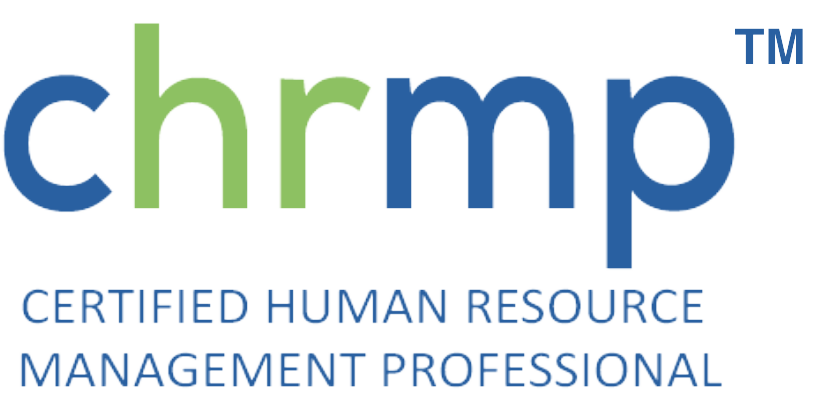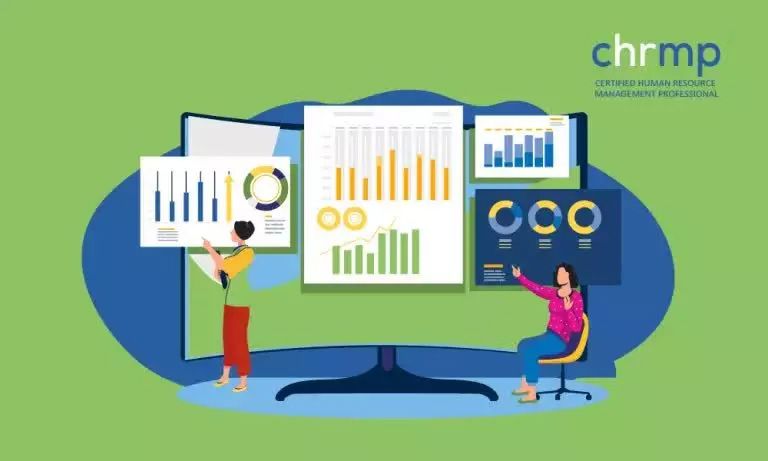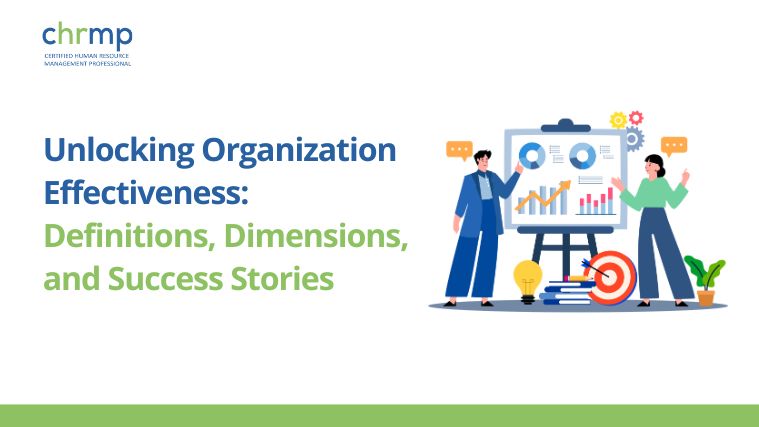Use of the concept of HR Metrics and Analytics has taken a quantum jump during the present decade as per one survey conducted by Oracle. Organizations have used it around the world, to perform predictive & prescriptive analytics. In addition to the above, Organizations are also measuring and using HR Metrics for planning the future of their workforce.
In this context, it will be quite worthwhile to discuss “Key Metrics in HR Analytics – The Meaning & Importance”, The author requests the reader to go through the seven blogs, which CHRMP has published on HR Analytics.
HR Analytics – Meaning & Importance
How to Get Started with HR Analytics in Your Organization
7 Tips for Effective Utilization of HR Analytics
7 V’s of Big Data on HR Analytics
HR Analytics, People Analytics, – Popularity & Trends in the World
1.0 Definitions
The author has selected 3 definitions of HR metrics from the literature. In addition to the above three definitions from literature, we have also tried to furnish our own. You may refer to our earlier blogs, for knowing the definition of HR Analytics and related aspects in detail.
1.1 Definition of HR Metrics as per Wikipedia
- What are performance metrics?
- What is the meaning of performance metrics?
Performance metrics meaning: HR Metrics are the measurements, which we use, to determine the value or effectiveness of HR initiatives, typically including such areas as turnover, training, return on human capital, cost of labor and expenses per employee.
1.2 Definition of HR metrics as per reference www.status.net
The reference, www.status.net, describes HR Metrics as follows:
HR Metrics help companies, how personnel efforts are optimizing their business, and reveal weaknesses that leaders need to address.
KPI Metrics are one of the most usual types of metrics that help company metrics increase the employee performance metrics rate and satisfaction by measuring and tracking it .
1.3 Definition of HR Metrics as per reference www. bamboohr.com
They define it very briefly and crisply as follows: HR Metrics are key figures that help organizations track their human capital & it measures how effective their human resource metrics initiatives are.
1.4 Definition of HR Metrics as per Author
At CHRMP, we have defined Metrics as follows, taking into view several related aspects:
The HR metrics are specific and realistic indices of HR activities, which are used to measure the company’s performance.
1.4.1 Structure of metrics
HR metrics are of two types :
- Primary metrics.
- Secondary metrics.
Primary metrics must capture the essence of what your project gains to accomplish.
For example: Turnover Rate of employees in the organizations.
On the other hand, the Secondary metrics are the additional data metrics dimensions & segmentation, which may be important to your analysis. We must bear in mind that the secondary metrics reporting are from where the most insightful observations may evolve.
Turnover Rate of organization is primary metrics. However, Turnover Rate of Millennials, Turnover Rate per Manager, Turnover Rate as per location, Turnover Rate as per gender, may be secondary metrics.
2.0 Importance of Metrics in HR Analytics
Metrics are an extremely essential part of HR Analytics.
They are the numbers that tell you the information about the activity or process under observation. Appropriate HR Metrics examples can measure productivity, increase the quality of hire through an effective hiring process leading to positive candidate experience, hiring manager satisfaction and higher rates of productivity metrics which can be measured through performance reviews, conversion rate, offer acceptance rate and overall evaluation metrics.
They also tell you the exact or accurate measurement about how you are carrying out the process . It may provide the base to suggest improvements.
HR metrics in analytics must fulfill the following objectives:
- Helping leaders to understand in a better way, how to move forward and make intelligent business decisions.
- Tracking activity ,and as a consequence, reporting number in different domains of Human Resource Management metrics like recruitment metrics, on boarding, learning & development, HR operations, performance management metrics, employee experience, payroll metrics, etc.
- Quantifying costs and impacts of HR and business processes.
- Tracking the business to know:
- Where has it been ?
- Where is it going ?
- When your business has reached its target?
- When the target was missed?
- When something is going wrong ?
- What will be the shape of things in future ?
3.0 Conclusions
We may arrive at the following conclusions, based on the above discussions.
Author has evolved a new definition as follows:
The HR metrics dashboard is specific and realistic indices of HR activities, which are used to measure the company’s performance.
HR metrics are primary & secondary. Both work together to measure the performance & understand the patterns of what has happened for better insights. The recruitment team contributes to the business metrics, the job boards are responsible for updating job description, job offer, candidate experience, performance reviews and hiring manager satisfaction.
HR metrics follow a vital role in tracking the business, to know the following:
- What has happened in the past?
- What is the present state of affairs?
- Whether the business has achieved the target?
- When something is going wrong?
In short, HR metrics have to be specific, realistic & targeted, as the ultimate goal is to track, or measure the performance. We do this in line with the organization or departments scorecard, that has already been previously set, the employee performance metrics should be managed well in order to achieve quality hire and hiring manager satisfaction. Thus, we have to do the tracking of any business activity, in line with the larger goals of the organizations.
Use of the concept of HR metrics and analytics has taken a quantum jump, during the present decade, as per one survey , conducted by Oracle.
Organizations have used it around the world, to perform predictive & prescriptive analytics.
In addition to the above , Organizations are also measuring and using HR metrics for planning the future of their workforce.
Employee performance is an important factor that impacts overall organizational success.
The main objective of this article is to provide you with some insights on why organizations use HR metrics and how they can be leveraged effectively to drive business outcomes.
This will help you understand the importance of HR analytics in your organization.
Let’s dive into the topic further…
Why do we need HR Metrics?
HR Analytics helps in understanding employee engagement levels, which in turn helps in identifying areas where improvement is required.
HR metrics helps in analyzing the impact of various factors like leadership styles, training programs, compensation plans etc., on employee satisfaction and productivity.
It also helps in predicting attrition rates, turnover costs, recruitment expenses and many more.
How does HR Analytics work?
An HR Analytics solution consists of three components:
- Data Collection
- Data Processing
- Reporting/Visualization
Data collection is done through surveys or interviews of employees.
Human resources analytics , Data processing involves data cleaning, transformation, aggregation, and analysis.
Reporting/visualization allows us to view the results of our analyses.
There are different types of HR metrics available in the market. Some of them include:
- Employee Engagement Metrics
- Workforce Planning Metrics
- Performance Management Metrics
- Compensation Plan Metrics
- Organizational Culture Metrics
- Talent Acquisition Metrics
- Recruitment Metrics
The employee experience is another metric that is gaining popularity among organizations.
What are the benefits of HR Analytics?
Benefits of HR Analytics:
- It provides real-time information about the state of affairs within an organization.
- Helps in making informed decisions based on facts instead of assumptions.
- Provides visibility into the current situation and trends within an organization.
It helps in improving the quality of decision making and decision support processes.
Revenue per employee , average tenure and total headcount growth.
- Provides better insight into the working culture of an organization.
- Helping in developing effective strategies for talent management.
- Improves the effectiveness of recruiting practices.
- Allows managers to make informed decisions regarding hiring, promotion, termination etc.
- Helps HR teams in reducing time spent on manual tasks.
- Increases efficiency and reduces errors.
- Enhances communication between departments.
- Reduces redundancy.
People Analytics are becoming increasingly popular as a tool to identify potential risks and opportunities.
People Analytics tools allow organizations to analyze large amounts of data related to people.
They are used to predict the likelihood of certain events occurring, such as high attrition rates, low job satisfaction, poor morale, or even legal issues.
These tools are able to determine whether there is a correlation between certain events and behaviors.
Workforce Analytics are used by companies to understand their workforce and predict future needs.
Analytics can be used to assess how effectively your workforce is performing its duties.
This includes knowing what skills they need, how well they are using those skills, and how much they will cost you if they leave.
Organizations use these insights to improve performance and increase profitability.
For example, it may reveal that a particular skill set is not being utilized at all.
average cost per hire, average salary range, turnover rate, average length of employment, and many more.
HR Analytics is one of the most important aspects of human resource management.
It has become extremely essential in today’s competitive world.
In this era of digital marketing, it is very important for every business to keep up with the latest trends and developments.
To stay ahead of the competition, businesses must have access to accurate and timely information.
predictive analytics, predictive modeling, data mining, data warehousing, and other forms of analytics.
The following are some reasons why HR Analytics is so important:
- It allows employees to work efficiently and effectively.
- It increases productivity and improves overall organizational performance.
- It helps create a positive workplace environment.
- It ensures that employees are satisfied with their jobs.
- It enables organizations to make better decisions.
- It helps reduce costs.
Employee retention is critical to any successful business.
Accordingly, HR Analytics should play a key role in ensuring that employees remain loyal to their employers.
As an employer, you want to retain your best employees.
However, it is difficult to determine which employees are worth keeping.
You also don’t know who might leave soon.
Therefore, it is important for you to find out about your existing employees’ attitudes towards their jobs.
Retention Rate: This refers to the percentage of employees that continue working for their current organization after joining it.
A company with a higher retention rate means that it is retaining its top talent.
This is because it is likely that the company’s culture is attracting new employees.
If a company loses talented workers, then it could lead
human capital management software to suffer.
High employee turnover is costly for both the company and the individual.It leads to increased training expenses, hiring costs, and reduced productivity.
Moreover, it can negatively impact the company’s reputation.Additionally, it can cause problems with recruiting and hiring efforts.
If you lose good employees, then you won’t get them back.Your organization’s success depends on having a strong team of employees.
individual employee is crucial to the organization’s success.Thus, it is important to ensure that you identify and retain the right people.It is equally as important to understand why employees leave their job.
The following are the main causes of high employee turnover:
- Poor leadership
- Lack of motivation
- Poor communication
- Unclear expectations
- Ineffective decision-making
- Poor pay and benefits
- An unappealing corporate culture
Cost per Hire: This refers to the amount that companies spend to hire a single worker.
It includes recruitment fees, compensation, and other related costs such as taxes.An effective HR department will help you manage these costs.It will also allow you to save money by reducing the number of applicants.It will also enable you to attract more qualified candidates.
Furthermore, it will help you avoid making mistakes when hiring.Business strategy is very important because it determines how well your organization performs.
For example, if you have a low profit margin, then you may need to cut costs.
In this case, you must consider ways to increase efficiency.HR Analytics can be used to improve the quality of human resources.It can also help you optimize processes and procedures.
This will result in improved operational efficiencies.In addition, it will help you achieve greater levels of customer satisfaction.
Frequently Asked Questions:
Workforce Analytics, HR Analytics, People Analytics, and Talent Analytics! Are they all the same?
All four terms refer to different types of analytics that help businesses understand how their workforce works. The difference between them is that HR analytics focuses on employee data, while workforce analytics focuses on business data. People analytics focuses on understanding human behavior, such as what motivates employees and how they behave when faced with certain situations. Finally, talent analytics focuses on identifying the best candidates for open positions.
How does Workforce Analytics Help in Solving Employee-related Queries?
- It helps you identify the right people for a job opening.
- It helps you understand why some employees leave their jobs.
- It helps managers know which employees need training.
- It helps companies determine whether they should offer additional incentives.
What key metrics should workforce analytics track?
- Number of hours worked per week by each employee
- Number of days off taken per year
- Number of sick leaves taken per year
- Percentage of time spent working during the day
If you are looking to upgrade your skills in HR Analytics, you might want to consider a certification in HR Analytics by CHRMP. To learn more click here.






